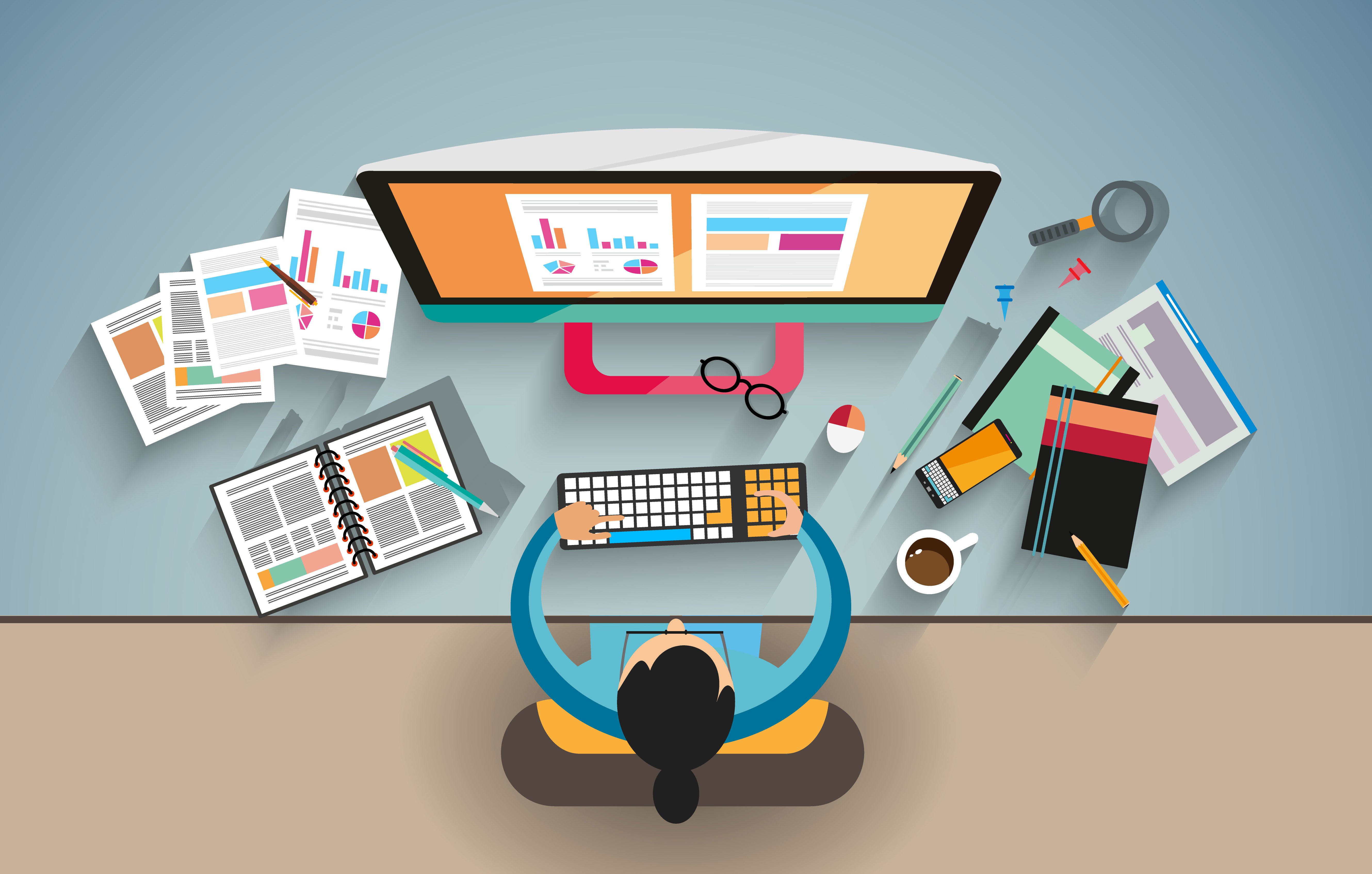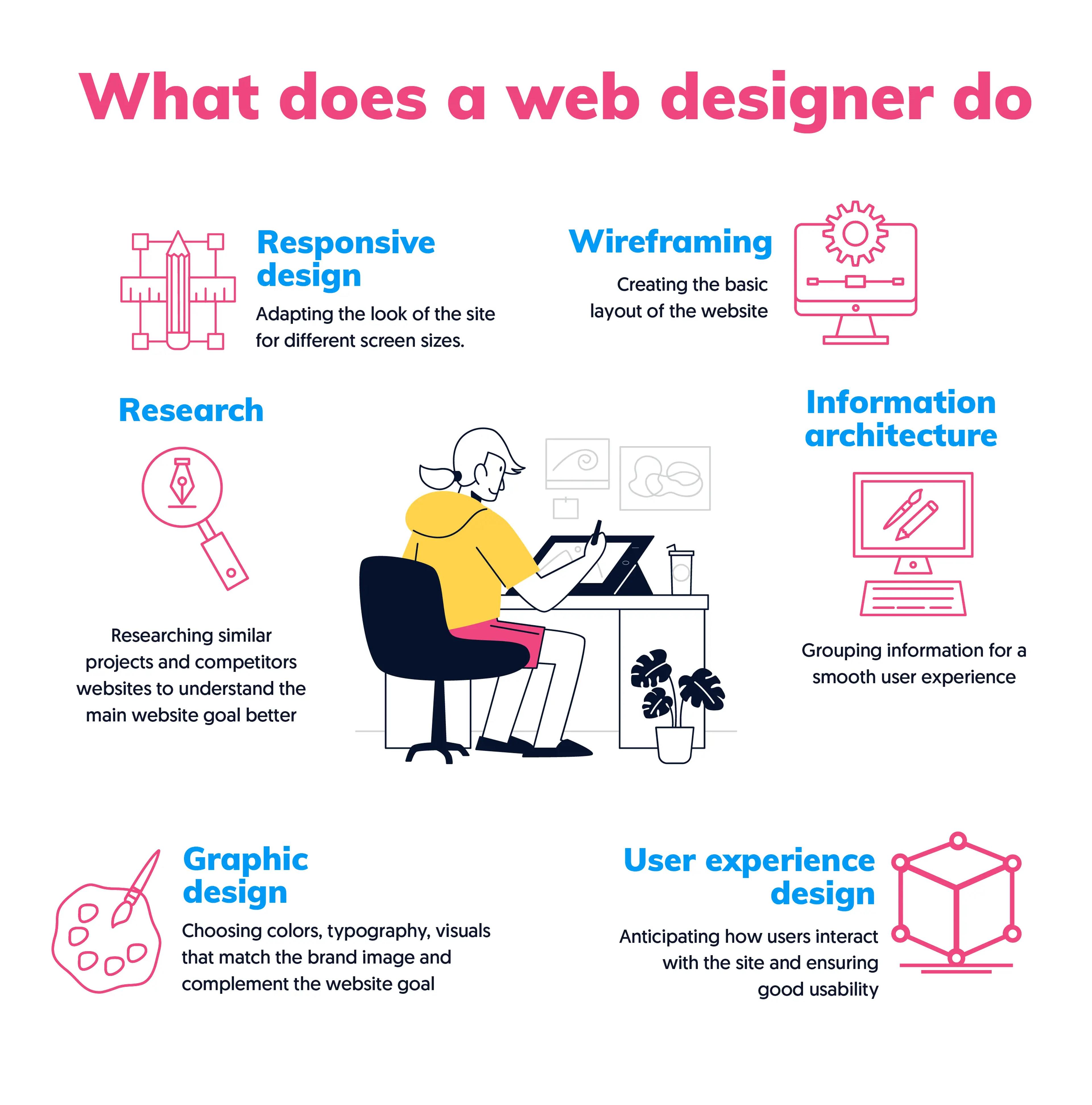Aligned Position Web Design: Professional Web Development to Maximize Your Online Impact
Aligned Position Web Design: Professional Web Development to Maximize Your Online Impact
Blog Article
The Very Best Kinds Of Web Style to Improve User Experience and Involvement
In the ever-evolving landscape of electronic interaction, the performance of Web design substantially affects individual experience and engagement. Numerous design approaches, such as minimalist, responsive, and interactive formats, each offer one-of-a-kind benefits that can accommodate diverse customer demands. Understanding which types of website design ideal offer these purposes can be crucial for businesses intending to boost customer fulfillment and retention. The inquiry stays: which layout aspects really reverberate with customers and foster meaningful involvement? The exploration of these principles discloses essential insights that might redefine your approach to website design.
Minimal Web Layout
As electronic landscapes become significantly messy, minimal website design has arised as an effective approach to enhancing customer experience. This design approach focuses on simpleness, concentrating on crucial aspects while eliminating unnecessary disturbances. By making use of enough white room, uncomplicated navigation, and a minimal shade combination, minimal style cultivates clearness and routes individual attention to key material.
The core principle of minimal website design is to produce a smooth communication for customers. By reducing cognitive load, customers can promptly grasp information without really feeling overwhelmed. This direct method not just enhances use however also urges engagement, as site visitors are a lot more most likely to explore a website that is visually appealing and easy to browse.
Furthermore, minimalist design usually highlights typography and imagery, using these components tactically to share messages properly. In essence, minimal Web design is not simply a pattern; it is a thoughtful approach that acknowledges the importance of user-centered design.
Responsive Website Design
In today's diverse electronic atmosphere, responsive website design has come to be crucial for producing a seamless individual experience throughout a multitude of tools. As individuals access sites on smart devices, tablet computers, desktop computers, and laptops, the capability of a site to adapt its format and material to various screen dimensions and resolutions is vital.
Responsive Web style employs versatile grids, photos, and CSS media queries to guarantee that Web content exists optimally, no matter the tool made use of. This strategy not just boosts the aesthetic appeal of a website however additionally significantly improves use. Customers are more probable to involve with a website that supplies a constant experience, as it gets rid of the aggravation of needing to focus or scroll exceedingly.
By embracing responsive style, businesses can boost their presence and get to a broader audience. In recap, responsive Web style is a basic method that improves user experience, involvement, and overall complete satisfaction.
Interactive Web Design
Receptive Web layout prepares for improving customer experience, but interactive Web layout takes this an action additionally by involving users in an extra vibrant method - Aligned Position Web Design. By including aspects such as animations, clickable prototypes, and real-time feedback, interactive Web layout mesmerizes customers, attracting them right into a richer browsing experience
This approach not just cultivates engagement but also motivates individuals to discover material proactively instead of passively consuming it. Methods such as gamification, where customers earn incentives for completing jobs, can significantly boost the time invested in a website and boost general complete satisfaction. Interactive attributes can simplify complicated information, making it a lot more absorbable and enjoyable.

Including interactive design aspects can also result in higher conversion rates, as users are more probable to involve with a site click that proactively involves them. Aligned Position Web Design. Ultimately, interactive Web layout transforms individual experiences click resources right into unforgettable trips, guaranteeing that visitors return time and once more
Flat Design
Defined by its minimalistic approach, level style emphasizes simplicity and capability, removing away unnecessary components and concentrating on crucial features. This layout viewpoint prioritizes usability, making sure that customers can navigate interfaces with simplicity and performance. By utilizing a tidy aesthetic, level design removes the mess usually located in more elaborate styles, therefore boosting customer concentrate on material and functionality.
The trademark of level design exists in its usage of bold colors, straightforward typography, and geometric shapes. These elements add to a visually attractive user interface that is both contemporary and friendly. Furthermore, level layout cultivates a feeling of quality, enabling users to recognize necessary actions and info without disturbance.
Moreover, level design is particularly efficient in receptive Web layout, as its simplicity equates well across different gadgets and display dimensions. By focusing on necessary features, flat style not only fulfills customer requirements however additionally motivates smooth interaction, making it a crucial element of effective Web design approaches.
Flexible Website Design
Adaptive Web layout tailors the user experience by producing numerous fixed formats tailored to different display sizes and gadgets. Unlike responsive design, which fluidly adjusts a solitary design, flexible style employs unique layouts for particular breakpoints, guaranteeing optimum discussion on various platforms. This strategy permits designers to concentrate on the one-of-a-kind qualities of each device, enhancing usability by providing exactly what individuals need based on their context.
One of the main benefits of adaptive website design is its capability to maximize lots times and performance. By offering customized content and photos that fit the customer's tool, websites can minimize data usage and improve loading rates. This is especially advantageous for users click resources with slower links or limited data plans.

Furthermore, flexible layout assists in a more regular and controlled branding experience. Because developers produce multiple layouts, they can make certain that the aesthetic components straighten with the brand's identity across various systems - Aligned Position Web Design. This leads to a cohesive user experience, improving involvement and promoting customer retention
Verdict
Finally, the assimilation of minimalist, receptive, and interactive website design concepts substantially enhances individual experience and interaction. Minimal style promotes quality and focus, while responsive style makes certain flexibility throughout various gadgets, advertising availability. Interactive design astounds users through vibrant elements, motivating exploration and customization. Collectively, these style comes close to add to the production of user-friendly atmospheres that not just enhance fulfillment but also drive greater conversion rates, underscoring their crucial relevance in contemporary website design strategies.

Minimalist style promotes quality and focus, while responsive layout makes certain versatility throughout various tools, promoting ease of access. Collectively, these design comes close to contribute to the creation of straightforward atmospheres that not only enhance complete satisfaction however likewise drive higher conversion prices, highlighting their vital importance in contemporary Web style strategies.
Report this page